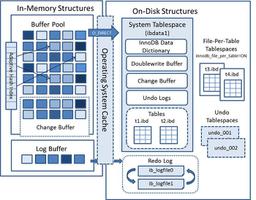C++中new和delete的介绍
介绍
1.malloc,free和new,delete区别。
- a.malloc,free是C/C++的标准库函数。new,delete是c++的操作符。
- b.malloc申请的是内存,严格意义不是“对象”,new申请的可以理解为“对象”,new 时会调用构造函数,返回指向该对象的指针。
- c.对于class类型,必须用new/delete来创建和销毁,自动调用构造和析构函数,malloc/free无法胜任。
2.使用new遵循原则:
- a.用new申请的内存,必须用delete释放。
- b.用new[]申请的内存,必须用delete[]释放。
- c.delete释放内存后,指针值不变,良好的风格是释放后指针置为NULL,如,delete p; p = NULL。
使用
1.申请一个对象
int* p1 = new int;
delete p1;
p1 = NULL;
2.申请多个对象
int* p1 = new int[12];
delete[] p1;
p1 = NULL;
3.申请一个长度为1024的char数组
char* pArray = new char[1024];
for (int i=0; i < 1024; i++)
{
pArray[i] = i;
}
delete[] pArray;
pArray = NULL;
4.申请一个类对象
#include <stdio.h>
class Student
{
public:
char name[32];
int age;
};
int main()
{
Student* pStu = new Student();
delete pStu;
pStu = NULL;
return 1;
}
5.申请1024个类对象
#include <stdio.h>
class Student
{
public:
int age;
Student()
{
...
}
~Student()
{
...
}
};
int main()
{
Student* pStu = new Student[1024];
for (int i=0; i<1024; i++)
{
pStu[i].age = i+1;
}
delete[] pStu;
pStu = NULL;
return 1;
}
new多个对象不能传参数,要求该类必须有默认构造函数。
总结
以上是 C++中new和delete的介绍 的全部内容, 来源链接: utcz.com/z/344449.html





